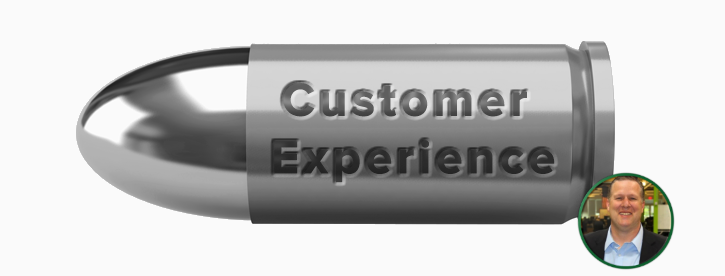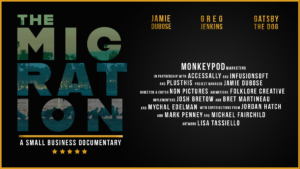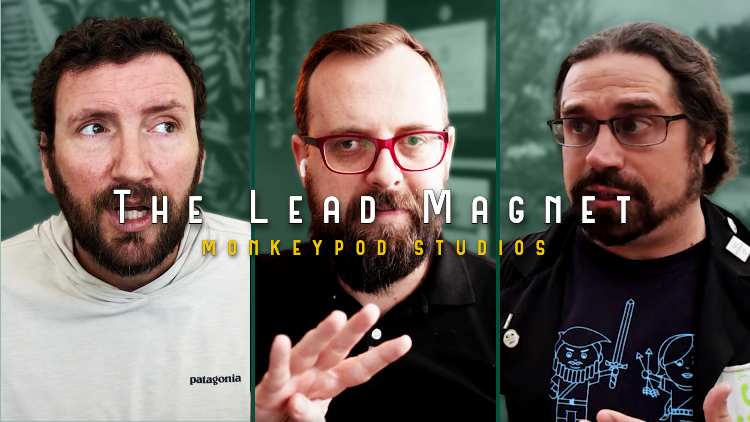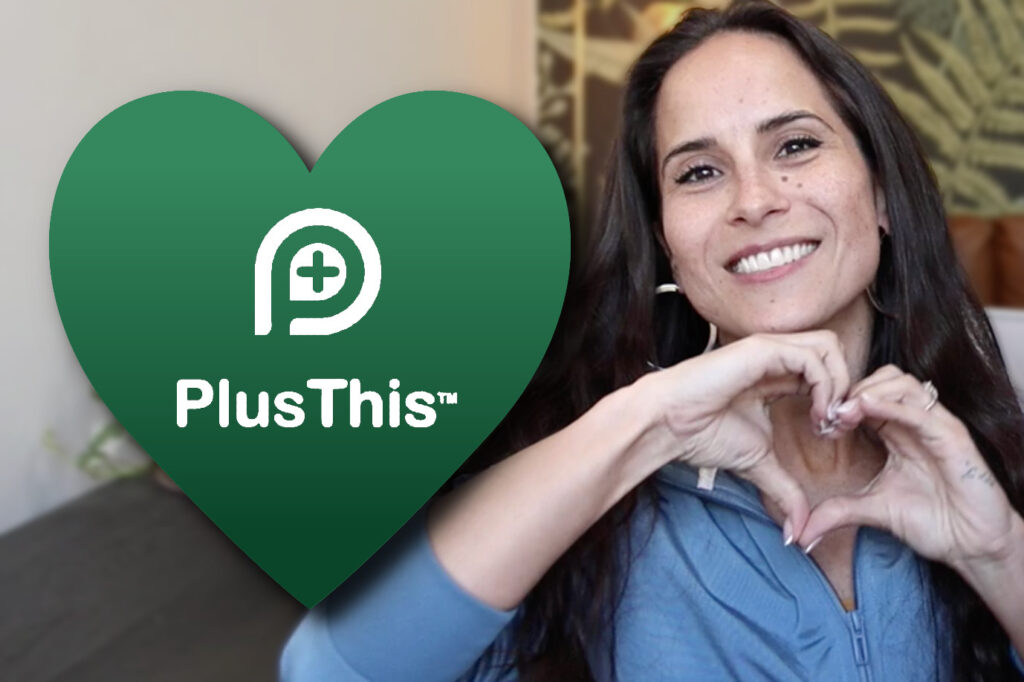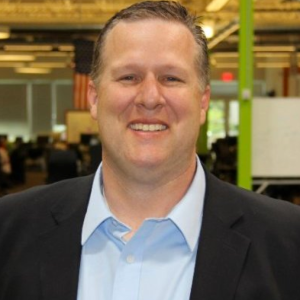 This post was written by my friend and colleague Thomas Jones. Thomas and I first met at Infusionsoft when he became the director over the consulting team I was on, and while I never reported directly to him; I got to know him because we shared a cubicle wall. Because of our proximity, he was forced to listen to me on the phone for 6 hours a day. I know what you’re thinking; is it fair to say that this was the subconscious reason behind any good ideas he had during that period? Maybe, maybe not. But definitely probably.
This post was written by my friend and colleague Thomas Jones. Thomas and I first met at Infusionsoft when he became the director over the consulting team I was on, and while I never reported directly to him; I got to know him because we shared a cubicle wall. Because of our proximity, he was forced to listen to me on the phone for 6 hours a day. I know what you’re thinking; is it fair to say that this was the subconscious reason behind any good ideas he had during that period? Maybe, maybe not. But definitely probably.
Anyway, Thomas is awesome. He and I connected quickly because we both shared an obsession for creating intentional customer experiences. Try as I might, I can’t take credit for today’s gem – an article where Thomas shares his perspective on cracking the code to customer success.
The Secret to Cracking the Code to Customer Success
I suspect there are billions of dollars spent every year by organizations attempting to figure out what customer success looks like, and how to help their customers actually achieve it. I think we can all agree there’s no silver bullet. Nobody can wave a magic wand and declare they have the answer.
“Three log-ins a week. That’s customer success.”
“Processing 7 orders a day. That’s customer success.”
“An NPS of 30. That’s customer success.”
It seems as if it should be really easy. I mean, can’t we just call our customers and ask? Surely that would tell us what success looks like, right? Maybe. However, if it were that simple I likely wouldn’t be typing this, and my catchy subject line and stylish picture wouldn’t have grabbed your attention.
While there isn’t a silver bullet, I do believe there’s a dusty, cobweb covered door over in the corner of the room we can open to get us all headed down the correct path. Right above the door, a dimly lit sign reads:
The Customer Experience
Everything in life falls into one of two buckets: intentional or unintentional. That’s it. The forces are shifting and it’s time to walk through the doorway and focus on getting really intentional about the experience we want our customers to have every time. I know it sounds simple; it’s not. Trust me. If it were, we’d all be doing it and we’re not. Recall the famous quote from Red Sanders, “Winning isn’t everything, it’s the only thing.” (I know, I thought it was Vince Lombardi, too). Modified for this article, “Customer Experience isn’t everything, it’s the only thing!”
Consider a business you enjoy frequenting. If you think about it, the reason you love giving them your hard earned dollars is because they make sure you have a great EXPERIENCE every time. In fact, on the off chance you don’t, you probably make excuses as to why it wasn’t perfect this time. Walt Disney once said:
“Think of the process as a railroad engine. If the engine does not run properly, it does not matter how friendly the conductor acts or how attractive the cars look, the train will still not move and the passengers will not pay their fares. Process is the engine of Quality Service.” *
Building repeatable processes designed to deliver an intentional experience for the customer is the only way to drive customer success. It may not be a silver bullet, but I can tell you stepping through this door will be the smartest thing you’ve ever done in your business.
Here are two questions you can ask as you get to work on the solution:
- What is my customer expecting will happen next as a result of this interaction (phone call, page view, email, purchase, etc)? In other words, “What am I promising them?”
- How sure am I it’s going to happen?
In my experience, the answer to both of these questions is usually something to the effect of, “I don’t know” or “It depends.”
At every step in your customers’ journey with you, you need to know the answer to the first question. As important, the answer to the second must always be “100%.” If you think this isn’t possible, measure the distance between garbage cans at Disneyland. Trust me when I tell you it it’s rarely more than 30 steps. When someone buys a Churro, it’s wrapped in a piece of wax paper. When they get done eating it (the interaction), the person will need a place to throw the paper away (what will happen next). Disney determined most people won’t walk more than 30 steps to throw something away, so they make sure there’s always a garbage can within 30 steps.*
While the analytical person inside me feels it would be more efficient if they were 60 steps apart, that’s not what’s important to Disney. What’s important to Disney is the experience for me as a customer. That’s the key to customer success: Design an experience ensuring your customers leave with what they were promised, EVERY TIME. Get maniacal about it.
This post was originally published on LinkedIn here.
*Help Scout (2016) How Disney creates magical experiences (and a 70% return rate). Available at: https://www.helpscout.net/blog/disney-customer-experience/ (Accessed: 31 March 2016).

